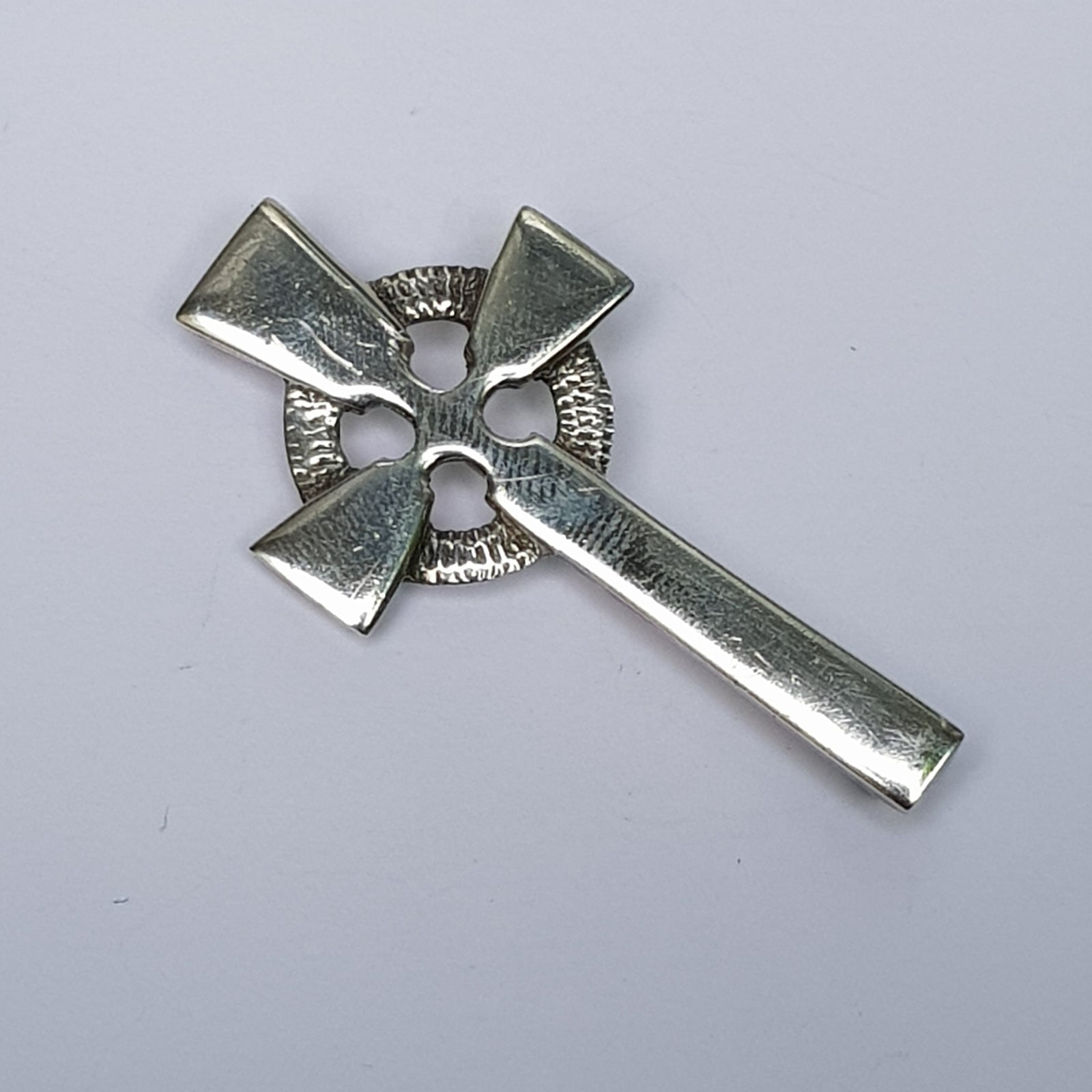Ola Gorie & Malcolm Gray: The Jewels of Orkney

Long before “artisan” became a marketing buzzword, two creative forces quietly transformed Orkney into the heart of modern Scottish jewellery design — Ola Gorie and Malcolm Gray.
Ola Gorie, born in Kirkwall in 1937, was the first student to graduate in jewellery from Gray’s School of Art in Aberdeen. By the early 1960s, she had returned home, setting up a workshop and beginning a creative journey that would last decades. Her inspiration came from the land itself — the Neolithic carvings at Maeshowe, the Norse dragons etched in stone, the Celtic knotwork passed down through centuries. Her work felt ancient and new at once: elegant, elemental, and quietly powerful.
Just a few years later, in 1967, a young silversmith named Malcolm Gray launched Ortak, a name that would become synonymous with high-quality Scottish silver and enamel work. Where Ola Gorie’s designs often leaned toward the delicate and symbolic, Malcolm’s Ortak offered a slightly bolder take — strong lines, distinctive enamels, and striking Norse and Pictish influences. Yet both shared a deep reverence for place, heritage, and craftsmanship.
For decades, Ola and Malcolm shaped Orkney’s creative identity, their jewellery worn across the world. Tourists brought home pieces with real meaning; collectors followed the hallmarks — “OMG” for Ola Gorie, and “Ortak” for Malcolm’s brand.
Today, both names carry legacy status. Ola Gorie’s business is now led by her daughter, while Ortak continues under new ownership after Malcolm’s retirement. But their influence remains — not just in jewellery boxes, but in the spirit of independent design across Scotland.
Together, Ola and Malcolm proved that even the most remote islands can shine with style, story, and soul.
Leave a comment
Comments will be approved before showing up.



